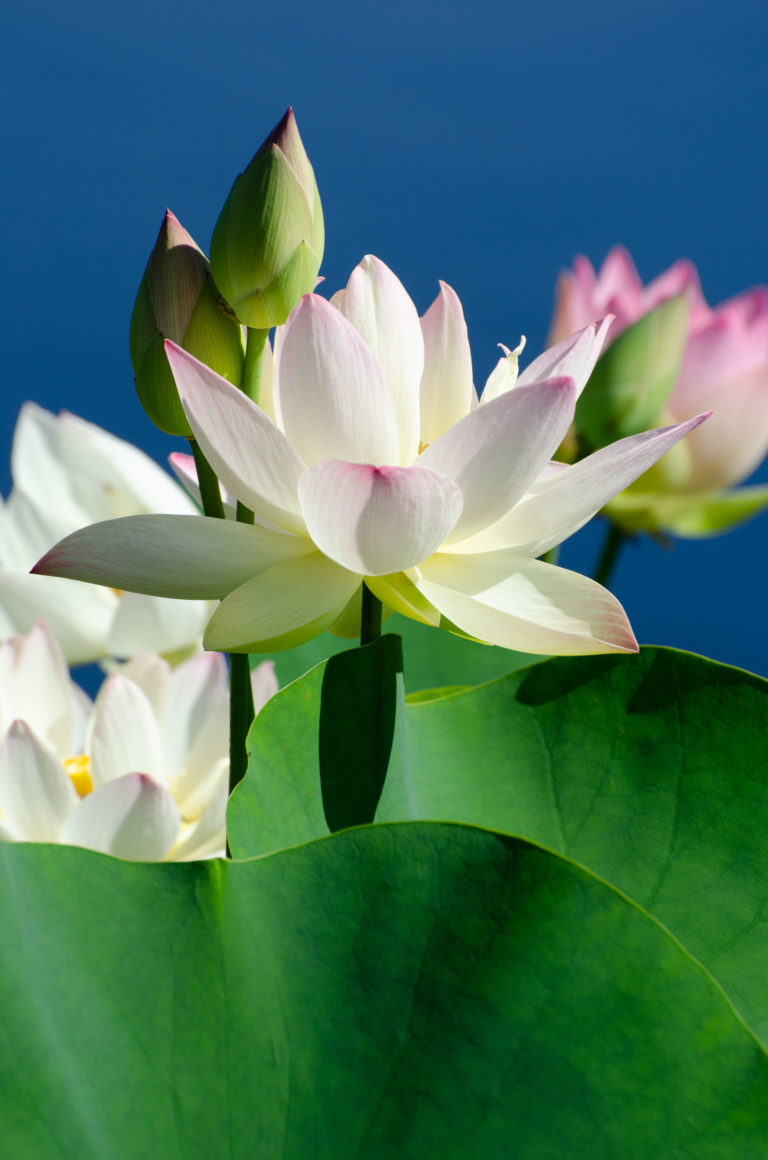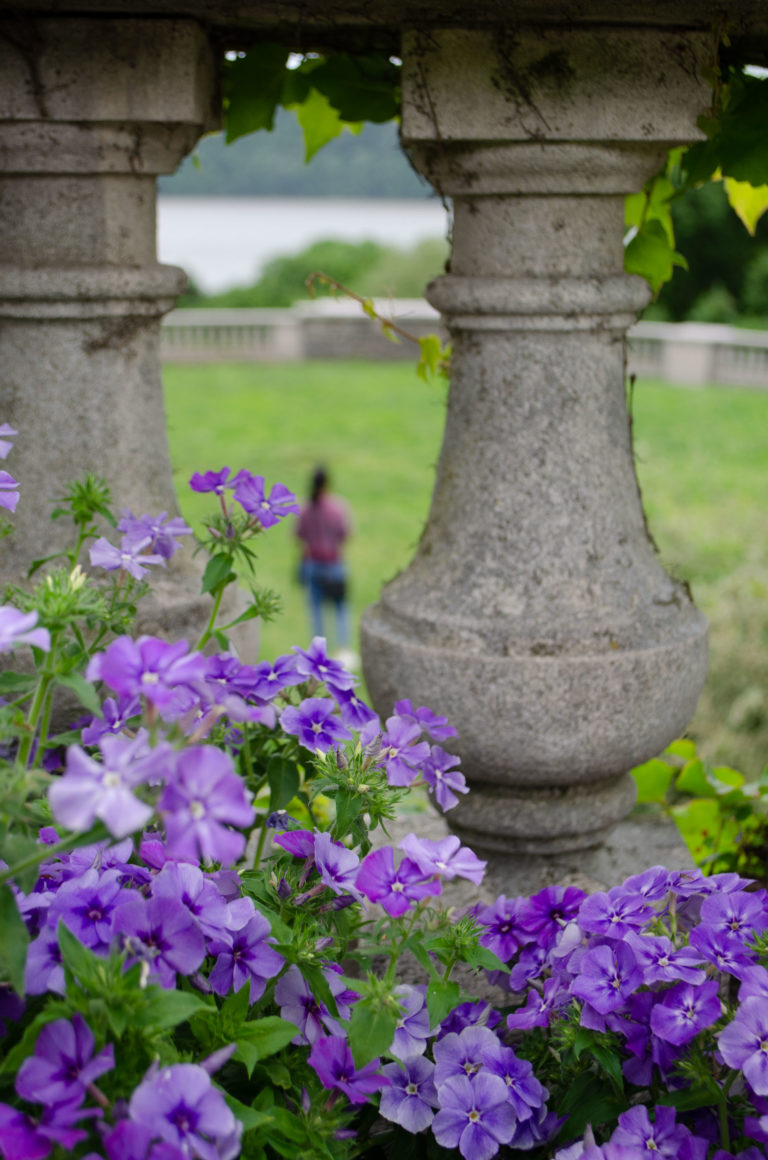
Helicodiceros muscivorus (dead horse arum)
March 30, 2018This oddity of the plant world has some of the same odoriferous qualities as its relatives, the famous—and huge—titan arum (Amorphophallus titanum) and the Voodoo lily (Sauromatum venosum), which some gardeners in the northeast U.S. grow as a curiosity.
Growing from a tuberous root, the dead horse arum (Helicodiceros muscivorus) unfurls its leaves in early spring and produces a single, large bloom shortly after.
The flower is a spathe-and-spadix type, typical of the arum family. The spathe is the large, scoop-shaped structure and the spadix is the spike in its center.

The hairiness seen on the flower of this species is not typical of the family, but the surprisingly unattractive aroma—it’s called dead horse arum for a reason—is not so unusual. Many arums are pollinated by the kinds of flies which are attracted to carrion. If a flower smells like rotting meat (or something worse), it will attract these potential pollinators. Another surprising ability of this plant is that it generates heat as the flowers mature and emit their scent. This seems to make them even more irresistible to the unsuspecting flies, which probably imagine they have found a warm and wonderful, freshly decomposing mammal carcass to lay their eggs on.

The specific epithet, muscivorus, suggests that this plant eats flies, but this is not entirely the case. The true flowers (or florets), both male and female, are tiny and arranged around the central spadix. The female florets open first and attract the attention of their insect suitors, and then trap them within minute hairs for just long enough for the male florets to mature and release their pollen, usually a day later. By the time the flies are released, they are coated with pollen and ready to go straight to the bloom of the very next stinky dead horse arum they detect. Apparently, the aroma is so attractive that the experience of being imprisoned is instantly forgotten.
The genus name, Helicodiceros, is from the Greek for twisted horn, which describes the shape of the flower just before it opens.
It is native to the coasts of the Mediterranean islands of Corsica, Sardinia and the Balearics of Spain. Our plant spent the winter in the protection of the Marco Polo Stufano Conservatory, but has been put on display outdoors, for obvious reasons. See it just inside in the T. H. Everett Alpine House—and don’t wait!

This last shot is of Wave Hill gardener Susannah Strazzera, who has been minding our dead horse arum since we acquired it ten years ago. It’s been a long ten years waiting for it to bloom, and her excitement has been contagious: staff wander over to the Alpine House mid-morning to check out this horrible wonder.

By Charles Day is Wave Hill’s Ruth Rea Howell Senior Horticultural Interpreter



